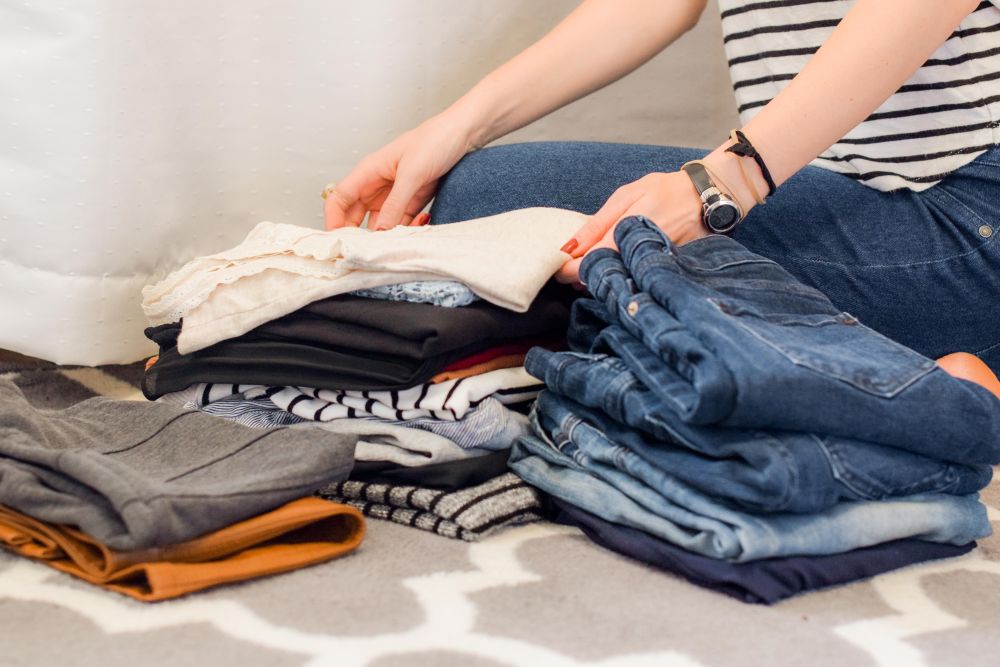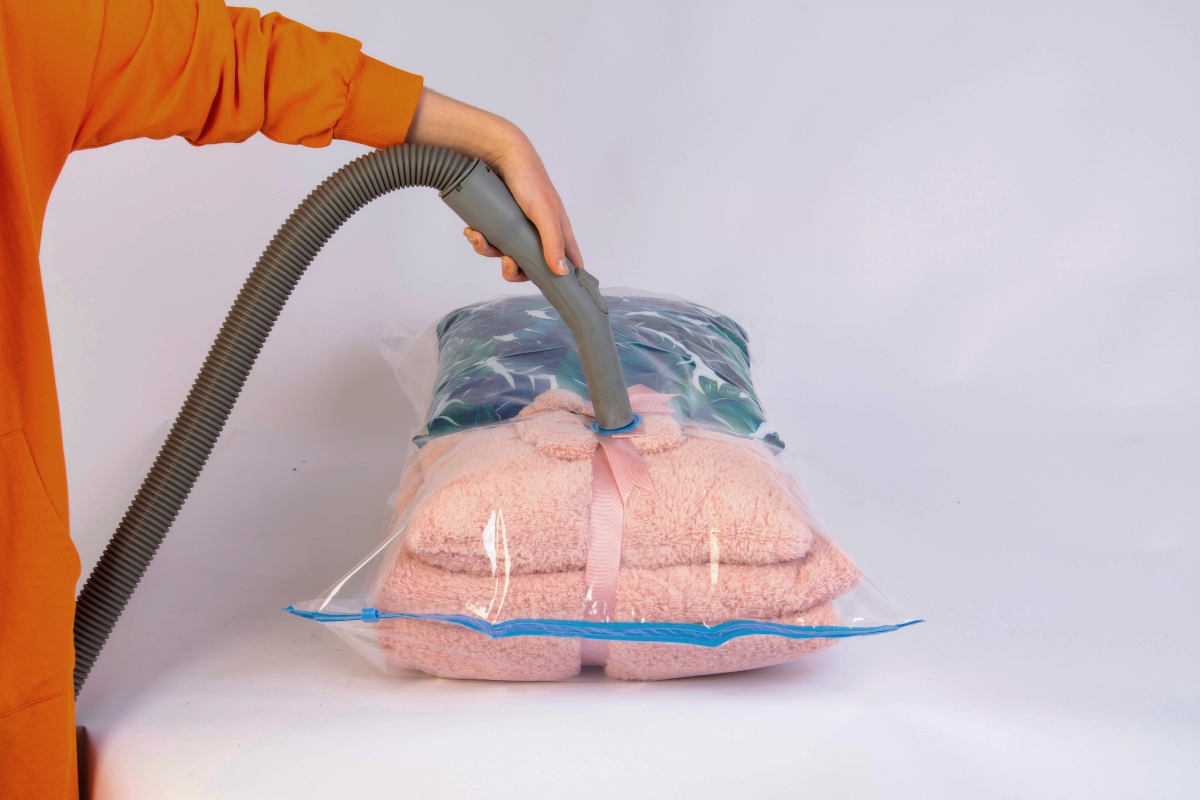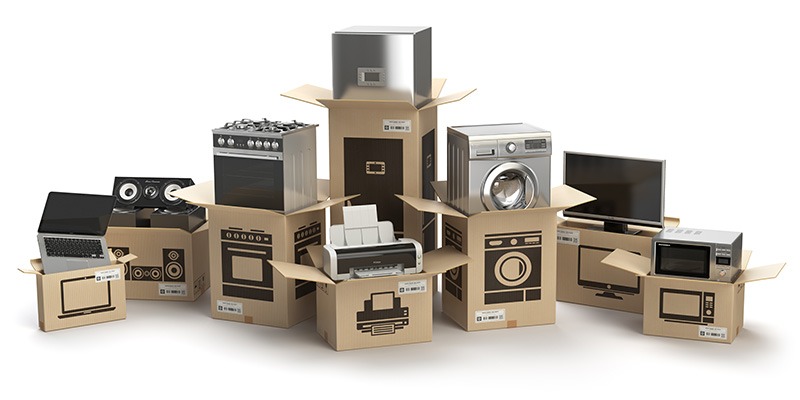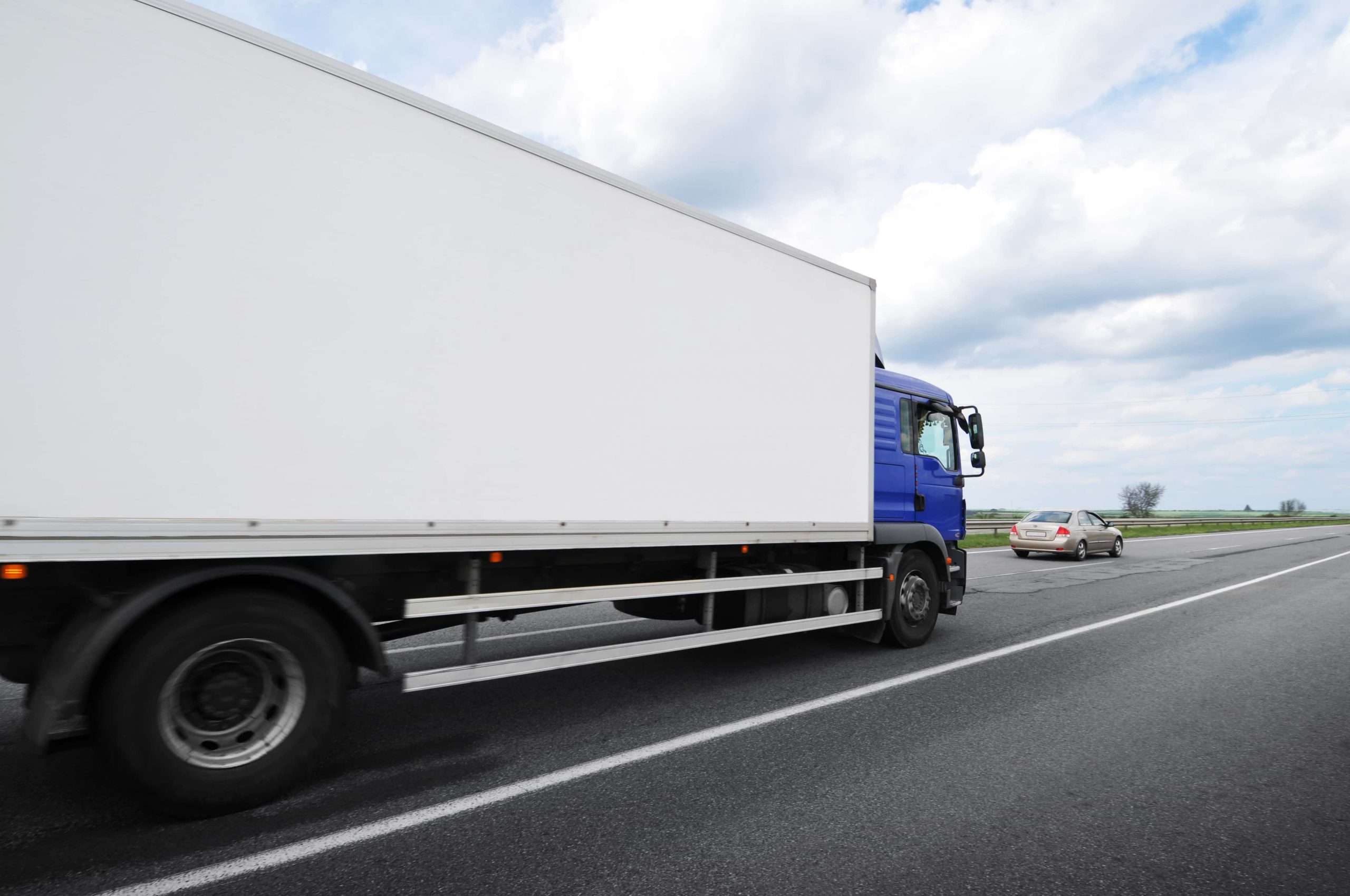The Best Way to Pack Clothes When Relocating
Moving can be an incredibly stressful experience, and packing your clothes for the move doesn’t make it any easier. Knowing how to load clothes for relocation so that they stay organised and undamaged is an essential step in ensuring your move goes smoothly.
That’s why we’ve put together this helpful guide on packing and storing clothes for a move. We’ll cover everything from creating a packing list to choosing the suitable materials to fold and organising clothes for storage.
Sort your clothes and remove anything you don't need or wear anymore.
This will help to minimise the amount of stuff you have to pack and move. You will also be happy to have fewer clothes to unpack and organise when you reach your new home. Experts say you should donate or discard if you can get by without having worn these clothes for several months.
Use packing materials such as bubble wrap, tissue paper, or packing paper to wrap and protect delicate items like dresses, suits, and dress shirts.
There are different kinds of packing materials, and choosing materials that are suitable for the items you are packing is essential. Bubble wrap is excellent for protecting delicate fabrics and preventing wrinkles, while tissue paper and packing paper work well for heavier items like jeans or sweaters.
For delicate items, make sure to wrap each item individually, so they are secure and protected. Place the wrapped items in cardboard boxes or a wardrobe box to save space. Label each wardrobe box with its contents and destination room, so you can easily find them when you unpack.
Consider using vacuum-sealed bags to reduce the space your clothes take up in your moving boxes.
Yes, this is pure magic! Vacuum bags are great for storing clothes because they significantly reduce your clothing size, and this helps maximise space when packing and makes unpacking a lot easier. Vacuum bags work by drawing out the air from the bag and compressing your clothes into a much smaller, more compact size.
Only store clean and dry clothes when using vacuum-sealed or duffel bags for packing and storing. Wet items can damage fabrics over time and cause mould to grow inside the sealed environment. If you’re packing clothes for a long-term move, consider storing items as far away from direct sunlight and heat sources as possible. It’s best to double or triple-check that you’ve sealed your vacuum-sealed bags completely before boxing them up for the move.
Use small, medium, and large boxes to pack your clothes.
Small boxes are great for heavy items like shoes and books, while medium boxes are suitable for lightweight items like towels and linens. Large boxes are best for bulky items like blankets and pillows, and it would be best if you combined all three sizes for a successful move.
Try to sort clothes by season and item type (shirts, pants, socks, etc.) before packing them.
This will make unpacking and organising a breeze when you arrive at your new home. Pack clothes out of season first; you will only need to access them once it’s the appropriate time of year. When you pack clothes for moving, do them in a separate, easily-accessible bag for commonly-used items and underwear. This will save you time when looking for these items quickly.
Use packing tape to secure the tops of your boxes and label each box with the contents and the room it should go in.
When you pack clothes for moving, securing them in boxes correctly is an important part of the process. Make sure to use enough packing tape to secure the tops of your boxes so they can easily be moved without items slipping out. Also, label each box with a marker or tags so you know what’s inside and which room it should go in when you arrive at your new home. You can label them by item type (shirts, sweaters, etc.) or by the person it belongs to.
If you have a lot of clothes, consider using wardrobe boxes to transport them.
These boxes have a hanging rod inside, so you can keep your clothes on hangers and transfer them to the new closet when you arrive. Add extra protection to your wardrobe boxes with bubble wrap and packing paper, then securely seal the box with tape.
Gowns and suits should be transported separately, consider hanging clothes on hangers in garment bags.
This is the best way to protect them from dirt, dust, and wrinkles during transport. This is because garment bags defend them from humidity and outside temperature changes, which can damage delicate fabrics. Label the garment bag with its contents and destination room for easy unpacking.
Shoes should also be packed and stored separately from the rest of your clothes.
Shoe boxes are great, as they provide extra protection for expensive shoes. Fill each shoe box with packing paper or bubble wrap to keep them secure in transport. Label the outside of the box with its contents, so you can easily find it when unpacking.
Hats should also be packed separately and stored in boxes with packing paper.
Hats should never be folded or crushed, as this can damage the fabric or shape. You should store them upright to ensure their shape and structure are maintained. Label the box with its contents for easy unpacking.
With these tips in mind, you can keep your clothing organised and safe during a move. Remember to pack and store them correctly so they arrive safe and ready to wear when you reach your new home.
What happens if you don't pack clothing properly before you relocate?
If you don’t pack your clothes properly before a move, it can lead to several problems:
- Damage: If you don’t wrap and protect your clothes adequately, they may become wrinkled, stained, or torn during transport.
- Loss: If your clothes are not packed securely, they may shift around in the moving boxes and become damaged or lost.
- Difficulty finding what you need: If you don’t pack your clothes by category and label your boxes, it can be not easy to find what you need when you arrive at your new home.
- Extra time and effort: If you don’t pack your clothes properly, it may take longer to unpack and settle in your new home.
To avoid these problems, it’s essential to take the time to pack your clothes before a move correctly. This includes packing materials to protect delicate items, using the right size boxes, packing by category, and labelling your boxes. Doing so can help ensure that your clothes arrive at your new home in good condition and are easy to find when you need them.
What to Do If You Plan to Donate Clothes Before You Relocate
If you plan to donate clothes before you relocate, here are a few things you can do to make the process easier:
- Sort your clothes and create piles of items you no longer want or need. Consider donating items that are still in good condition and can be worn by someone else. Out the folded clothes in a plastic bag and label them, so they don’t get loaded onto the moving truck by mistake.
- Research local charities and thrift stores in your area to find out where you can donate your clothes. Some organisations may have specific guidelines for what they will and will not accept, so it’s a good idea to check before you drop off your donations in trash bags.
- Gather up your donations and bag or box them up. If you have a lot of clothes to donate, consider using large garbage bags or boxes to make it easier to transport them.
- Transport your donations to a charity or thrift store. If you have a lot of clothes to donate, consider asking a friend or family member to help you transport them or hiring a professional moving company to do it for you.
- Consider writing off your donations on your taxes. If you donate clothes to a qualified charitable organisation, you can claim a tax deduction for the value of the items you donate. Be sure to keep a record of your donations, including the name of the organisation and the date of the donation.
Following these steps, you can easily donate your clothes before you relocate and help those in need in your community.
Should I Leave Professionals In Charge of Packing Clothes?
It’s ultimately up to you whether or not to hire professionals to pack your clothes during a move. Some people prefer to handle the packing to control the process and ensure their belongings are adequately packed. Others may hire professionals because they need more time or energy to pack themselves or because they have many delicate items that require special handling.
There are a few things to consider when deciding whether or not to hire professionals to pack your clothes:
- Time: If you’re short on time, hiring professionals to pack your clothes may be a good option. They can get the job done faster than you can.
- Expertise: Professional packers have experience packing a wide range of items and know how to handle and pack delicate or fragile items to prevent damage.
- Convenience: Hiring professionals to pack your clothes can be convenient because you don’t have to do it yourself. This can be especially helpful if you have a lot of clothes or if you have a lot of other things to take care of during the move.
- Cost: Remember that hiring professionals to pack your clothes will likely cost more than doing it yourself. This is especially true if you want to carry valuable clothing items with you, like winter coats and don’t want them to become damaged.
Hiring professionals to pack your clothes during a move comes down to your personal preferences and circumstances. If you have the time and energy to do the packing yourself, you may choose to do so to save money. If you need more time or have a lot of delicate items that require special handling, it may be worth the cost to hire professionals to be in charge of packing clothing, especially valuable clothing items.
Conclusion
Packing and storing clothes for relocation can be time-consuming and challenging. However, with the right tips, tools, and techniques, you can make it easier to pack your clothes for moving safely so they arrive at their destination in one piece.
Whether you decide to do the packing yourself or hire professionals to help is up to you – keep in mind factors such as cost, convenience, expertise, and time when making your decision. With proper preparation and care taken during the packing and storing of clothes for relocating purposes, your items will remain safe throughout the entire process.
Moving Tips and Tricks
Discover efficient packing strategies, organisation hacks, and expert advice to streamline your moving process and ensure a smooth transition.

How to Reserve Parking Spaces for Removalists: A Step-by-Step Guide
Relocating to a new residence is both an exciting and stressful adventure. Although it’s an opportunity for renewal and reinvention, the process often involves a lot of confusion and stress. Parking the removal truck might be a major headache, especially if you live in a dense urban area or a high-density apartment building.
View ArticleOur Removalist Services
- Removalists Sydney
- Removalists Melbourne
- Removalists Melbourne to Sydney
- Removalists Sydney to Melbourne
- Removalists Melbourne to Adelaide
- Removalists Adelaide to Melbourne
- Removalists Melbourne to Canberra
- Removalists Canberra to Melbourne
- Removalists Melbourne to Brisbane
- Removalists Brisbane to Melbourne
















